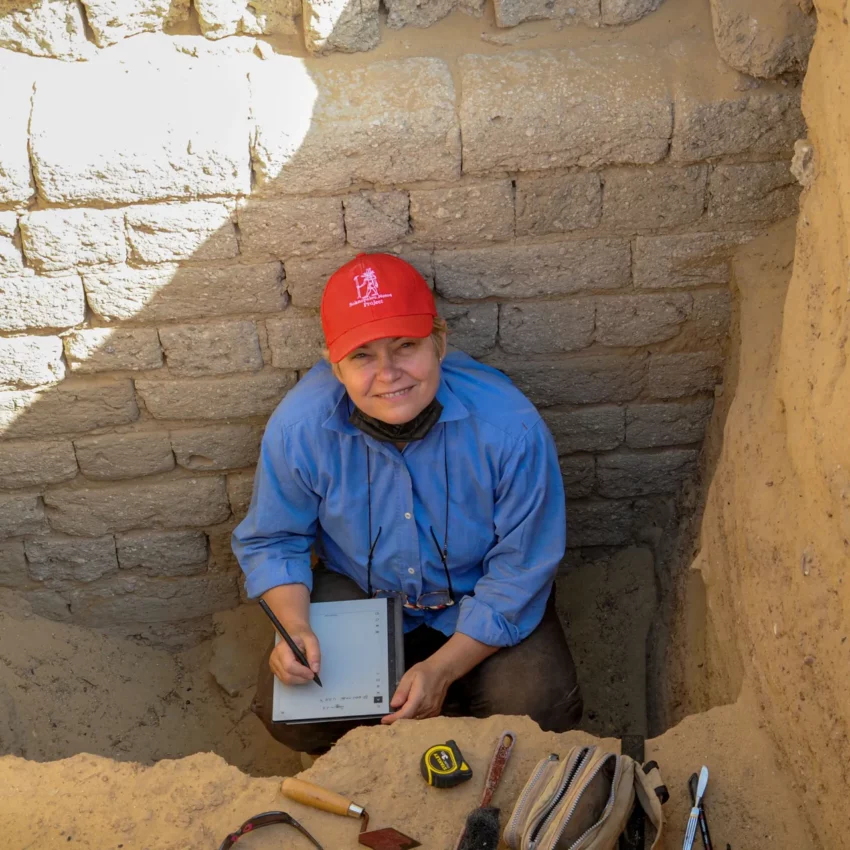Soknopaiou Nesos: An Ancient Oasis Settlement
Soknopaiou Nesos, also known as Dimeh es-Seba, was an ancient settlement in the Faiyum Oasis of Egypt. Located a few kilometers north of Lake Qarun, this site held significant religious and cultural importance.
Get your dose of History via Email
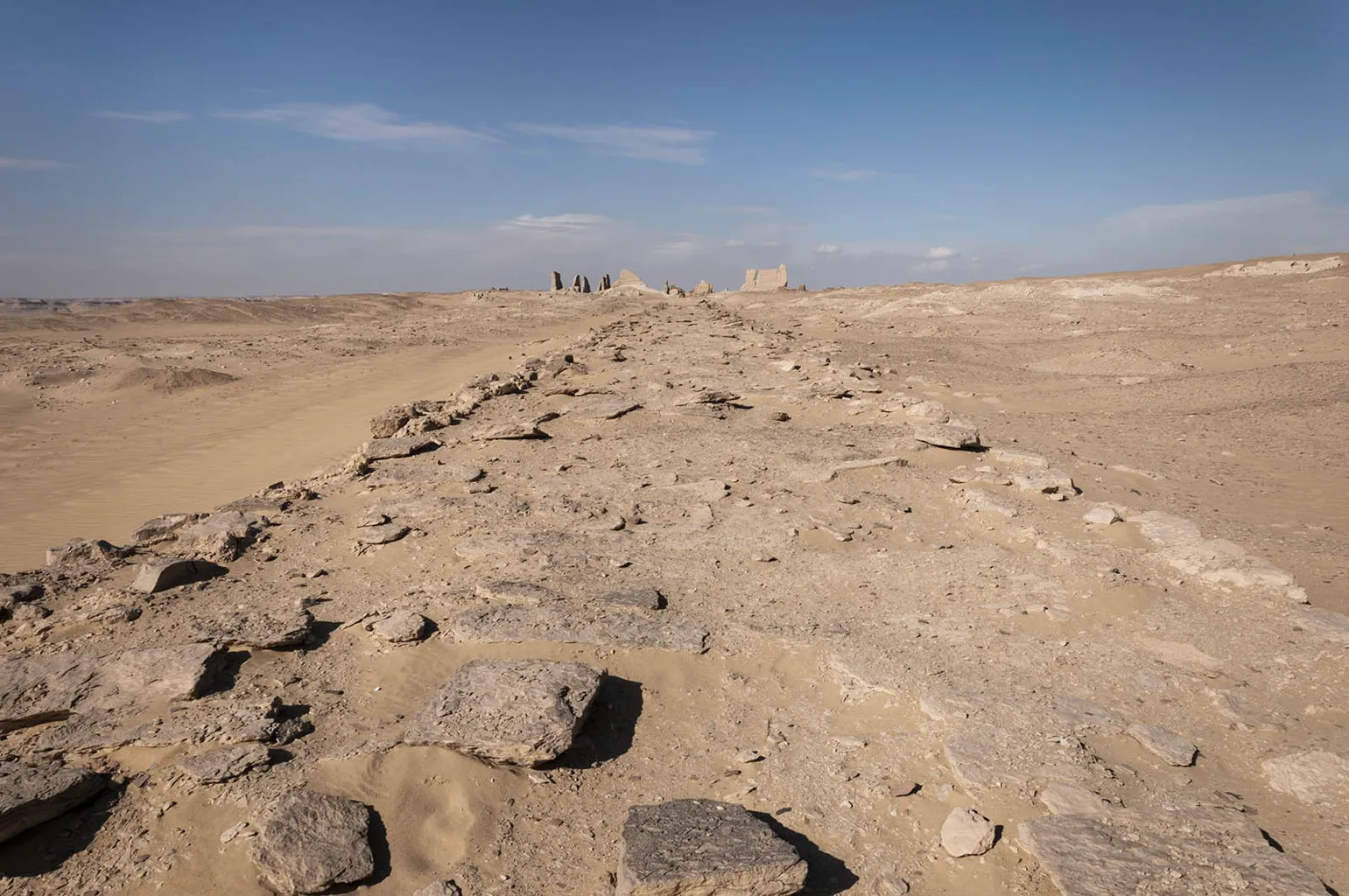
Historical Overview
Soknopaiou Nesos, translating to “The island of Soknopaios,” was named after the local oracular god Soknopaios, a crocodile-headed deity. This settlement was founded during the 3rd century BC as part of the Ptolemaic land reclamation projects in Faiyum. By the mid-3rd century AD, the site was abandoned, although archaeological evidence suggests some reoccupation during the 4th and 5th centuries, continuing until the end of the Byzantine period.
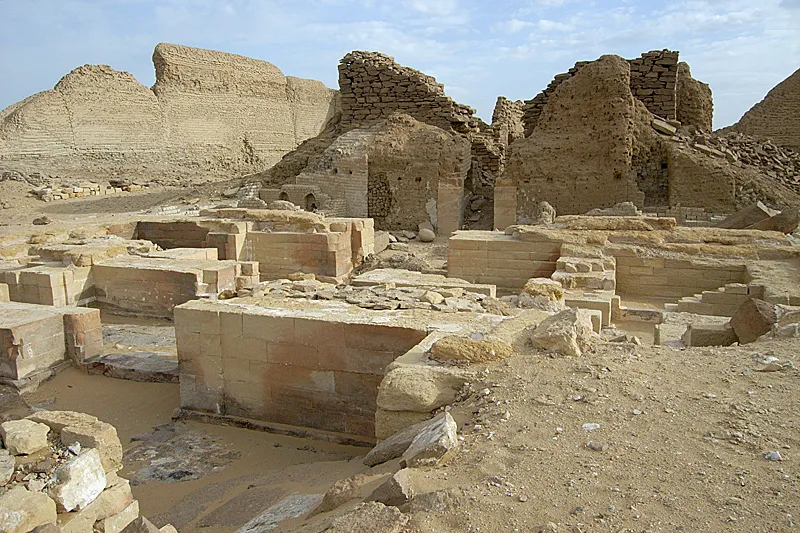
The Temenos and Main Temple
The heart of Soknopaiou Nesos was its imposing temple complex, or temenos, dedicated to Soknopaios and other associated deities like Isis Nepherses and Soknopiais. This temenos, a light-grey mud-brick enclosure, housed several buildings. The main temple consisted of two contiguous sanctuaries aligned with a central processional road called the dromos.
The southern sanctuary, built from irregular brown limestone and mud bricks, dates back to the early Hellenistic period. The northern sanctuary, constructed from regular yellow limestone blocks, likely originated in the late Ptolemaic or early Roman period. This temple complex saw significant remodeling in the 1st and 2nd centuries CE, including the addition of a monumental contra-temple.
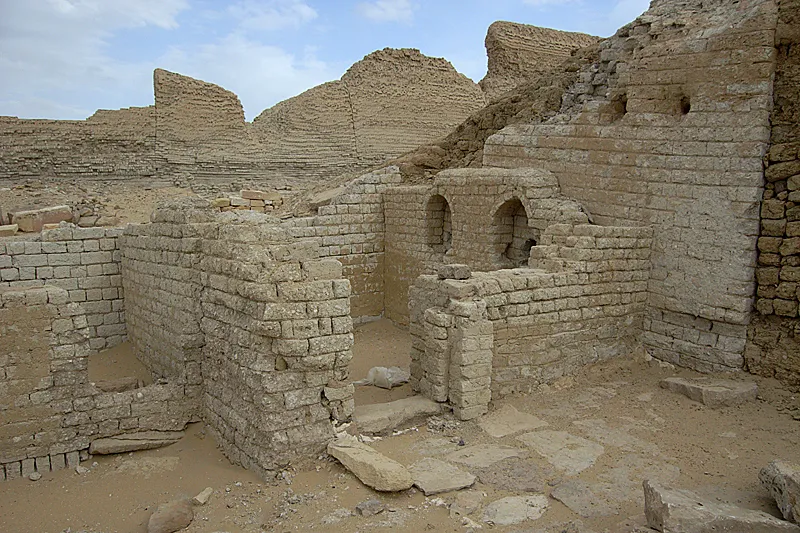
The Town and the Dromos
The settlement featured a paved dromos, a 6-7 meter wide processional road that connected the temple’s southern entrance with the town. This road, elevated on a 3-meter platform, was central to the town’s layout, dividing it into eastern and western quarters. The dromos facilitated ritual processions and featured statues of lions and possibly kiosks.
Archaeological Investigations
The site of Soknopaiou Nesos gained attention in the early 19th century, with initial visits by explorers like G.B. Belzoni and J.G. Wilkinson. Throughout the 19th and early 20th centuries, various expeditions, often driven by the search for papyri and antiquities, excavated the site.
Significant scientific excavations began with the University of Michigan’s work in 1931-32, directed by A.E.R. Boak and E.E. Peterson. These excavations revealed well-preserved mud-brick buildings and identified three main occupation phases. The Soknopaiou Nesos Project, initiated by the University of Salento in 2004, continues to explore and document the site, uncovering evidence of pre-Ptolemaic structures and pottery from earlier dynasties.
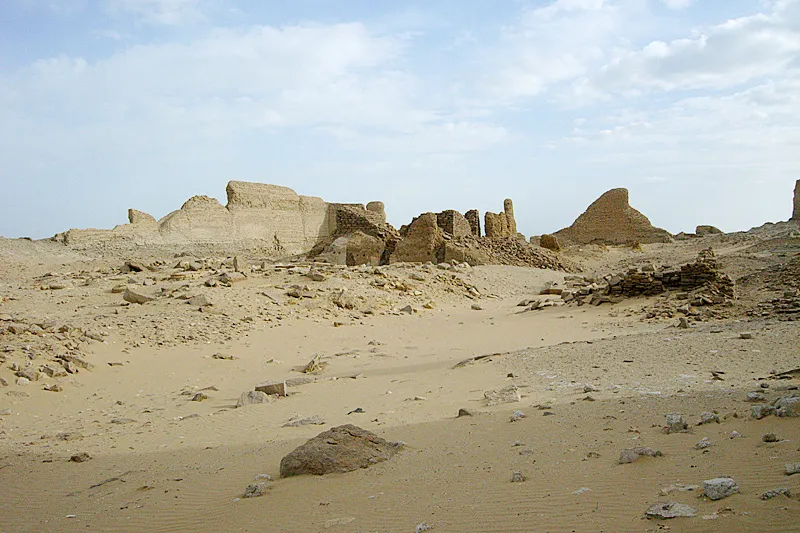
The Priests of Soknopaiou Nesos
The temple of Soknopaios was staffed by over one hundred priests in Roman times, a significant number given the town’s estimated population of about 1,000 inhabitants in the late second century. The settlement’s population primarily consisted of these priestly families, who intermarried and maintained their religious offices through hereditary lines. This unique population structure, coupled with the town’s remote location, meant that residents relied on trade, animal husbandry, and the offerings of visitors.
Abandonment
In 230 AD, Soknopaiou Nesos was abruptly abandoned. The reasons remain unclear, but theories suggest a decline in the supply situation or a loss of interest in the cult’s festivities. This decline rendered the maintenance of the temple and settlement unsustainable.
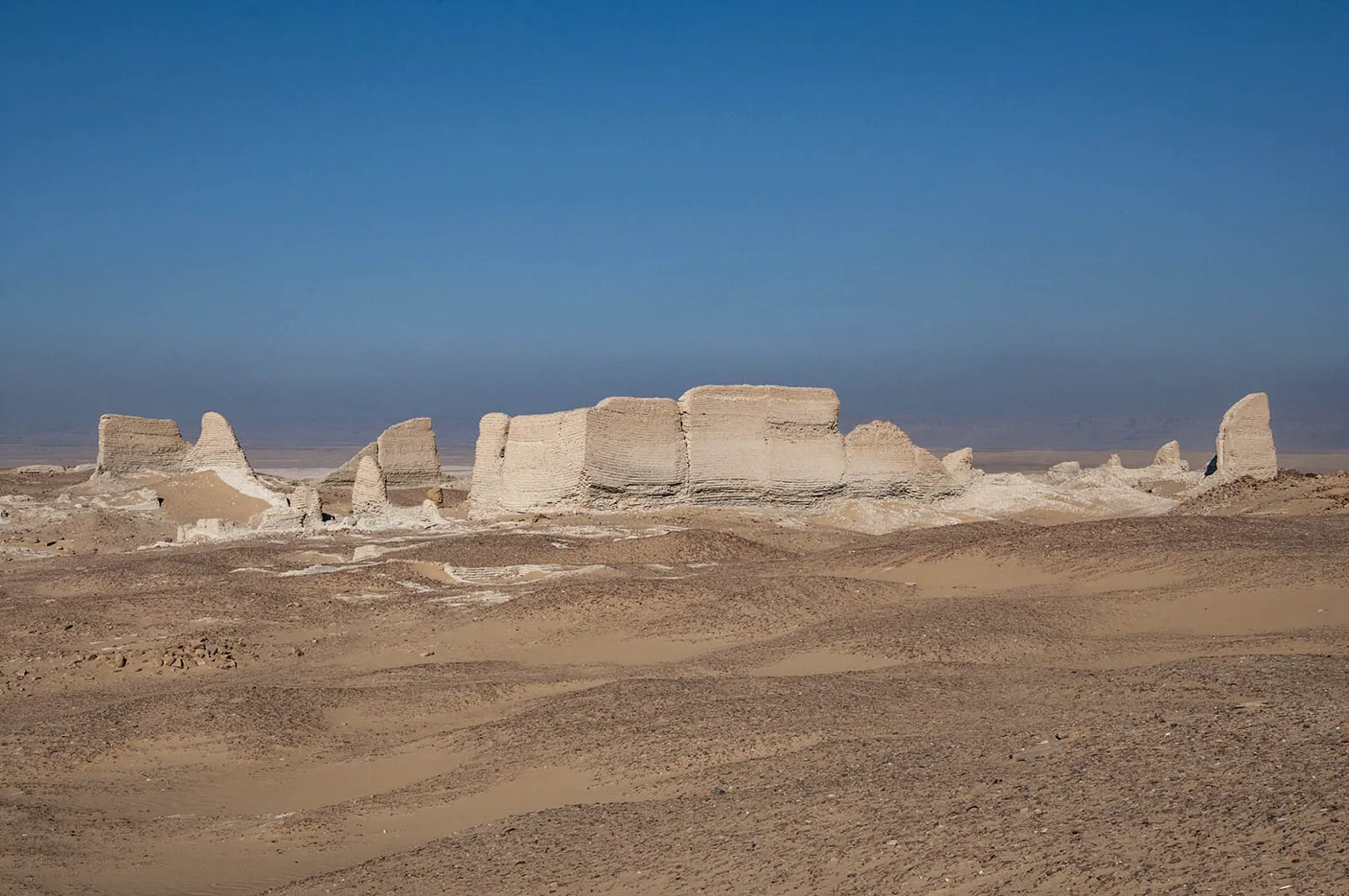
Conclusion
Soknopaiou Nesos stands as a remarkable example of an ancient religious center within the Faiyum Oasis. Its well-preserved ruins, including the monumental temple complex and processional road, offer valuable insights into the religious and daily life of its inhabitants. Today, ongoing archaeological efforts continue to shed light on the history and legacy of this intriguing ancient settlement.
Sources:

